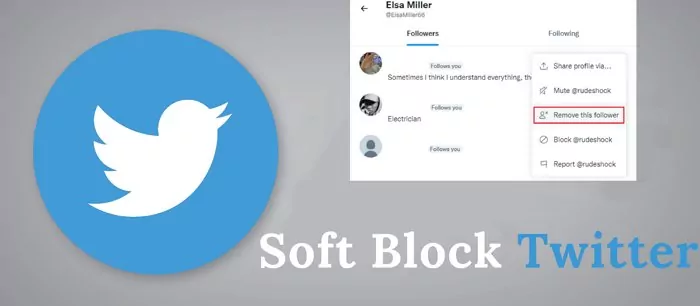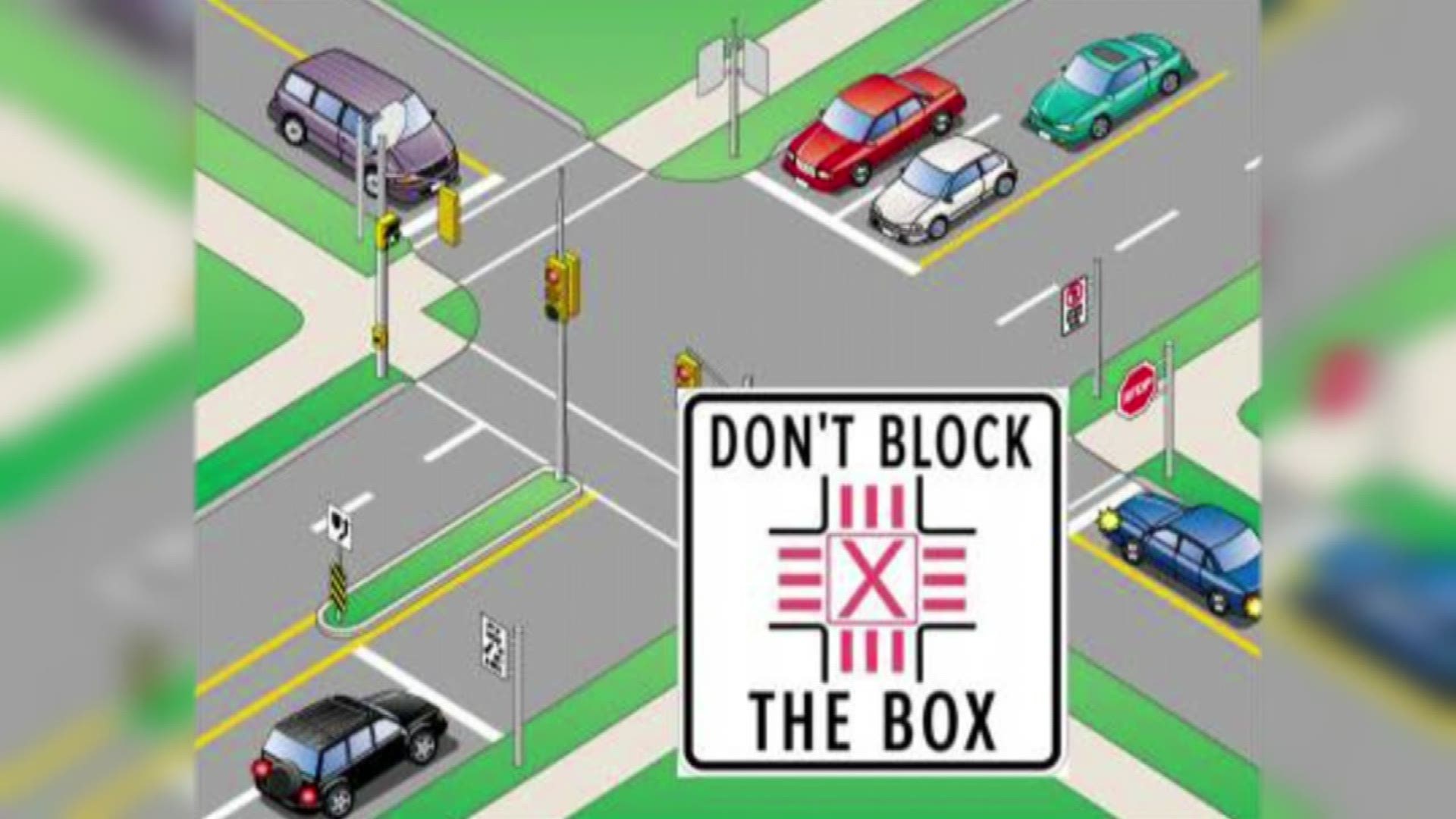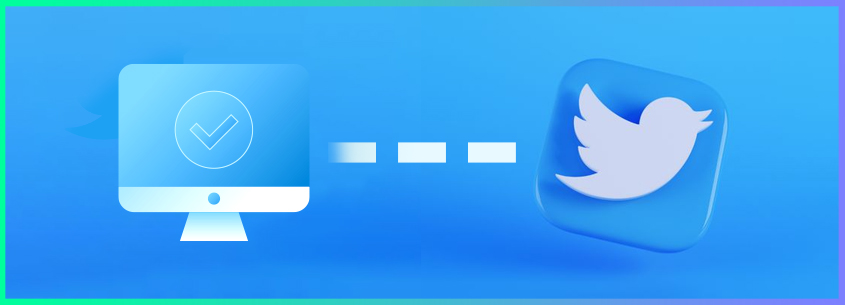Understanding Twitter’s Blocking Feature
Twitter’s blocking feature is a powerful tool that allows users to control who can interact with them on the platform. When a user blocks someone on Twitter, it prevents the blocked user from viewing their tweets, profile, and interactions. The blocker’s tweets will also not appear in the blocked user’s timeline or search results. To block someone on Twitter, users can navigate to the person’s profile page, click on the three dots next to the “Follow” button, and select “Block” from the dropdown menu.
The blocking feature is often confused with the muting feature, which allows users to hide someone’s tweets from their timeline without notifying the muted user. While muting is a useful feature for avoiding unwanted content, blocking is a more drastic measure that is typically used to prevent harassment or unwanted interactions.
It’s essential to understand that blocking someone on Twitter is not the same as reporting them for spam or abuse. Reporting a user for spam or abuse can lead to the user’s account being suspended or terminated, whereas blocking simply restricts the user’s ability to interact with the blocker.
Twitter’s blocking feature is an important tool for maintaining a safe and respectful online environment. By understanding how blocking works, users can better protect themselves from unwanted interactions and maintain a positive online presence.
Subtle Clues: Uncovering Hidden Signs of Blocking
While the obvious signs of being blocked on Twitter are easy to spot, there are also some more subtle clues that may indicate you’ve been blocked. One of these signs is the lack of notifications or engagement from the blocker. If you’ve previously interacted with the user, you may notice that they’re no longer responding to your tweets or messages.
Another subtle sign is the lack of visibility of your tweets to the blocker. You can use Twitter’s search function to see if your tweets are being displayed to the blocker. Simply type in the blocker’s handle and your own handle in the search bar, and see if your tweets appear in the results. If they don’t, it’s possible that you’ve been blocked.
Additionally, you may notice that the blocker is no longer following you or that your tweets are no longer appearing in their timeline. You can check this by visiting the blocker’s profile page and looking for your tweets in their timeline.
It’s also worth noting that being blocked on Twitter can affect your online presence and engagement. If you’ve been blocked by a user with a large following, it may impact your ability to reach a wider audience. However, it’s essential to remember that being blocked is not a reflection of your worth or the quality of your content.
By paying attention to these subtle clues, you can determine if you’ve been blocked on Twitter and take steps to maintain a positive online presence. Remember to always be respectful and considerate in your online interactions, and don’t be afraid to reach out to others if you have any questions or concerns.
Why Am I Blocked? Common Reasons for Twitter Blocking
Being blocked on Twitter can be a frustrating experience, especially if you’re not sure why it happened. There are several common reasons why users may block others on Twitter, including harassment, spamming, or simply not wanting to engage with someone.
Harassment is a major reason for Twitter blocking. If a user feels threatened or intimidated by another user’s tweets or messages, they may block them to protect themselves. This can include tweets that are abusive, threatening, or contain hate speech.
Spamming is another common reason for Twitter blocking. If a user is sending unsolicited tweets or messages, or is using automated software to send tweets, they may be blocked by other users who don’t want to receive their content.
Not wanting to engage with someone is also a common reason for Twitter blocking. If a user doesn’t want to interact with someone, they may block them to avoid seeing their tweets or receiving their messages.
Respecting others’ boundaries is essential on Twitter. If a user doesn’t want to engage with you, it’s best to respect their decision and focus on other online relationships. Remember that being blocked on Twitter is not a reflection of your worth or the quality of your content.
By understanding the common reasons for Twitter blocking, you can take steps to avoid being blocked and maintain a positive online presence. Remember to always be respectful and considerate in your online interactions, and don’t be afraid to reach out to others if you have any questions or concerns.
What to Do If You’ve Been Blocked on Twitter
If you’ve been blocked on Twitter, it’s essential to understand that it’s not the end of the world. There are several steps you can take to move forward and maintain a positive online presence.
Firstly, if you feel that you’ve been blocked unfairly, you can try reaching out to the blocker to understand their reasons. However, it’s crucial to respect their decision and not harass or spam them. Remember that being blocked is not a reflection of your worth or the quality of your content.
Instead of focusing on the blocker, try to focus on other online relationships and engage with users who are interested in your content. You can also use this opportunity to build new relationships and expand your online network.
Maintaining a positive online presence is crucial, especially if you’ve been blocked on Twitter. Make sure to create engaging content, respond to comments and messages, and contribute to online discussions in a respectful and constructive manner.
It’s also essential to remember that being blocked on Twitter is not a permanent situation. If you’ve been blocked due to a misunderstanding or a mistake, you can try to resolve the issue and get unblocked. However, if you’ve been blocked due to harassment or spamming, it’s best to respect the blocker’s decision and move on.
By following these steps, you can maintain a positive online presence and move forward from being blocked on Twitter. Remember to always be respectful and considerate in your online interactions, and don’t be afraid to reach out to others if you have any questions or concerns.
Twitter Blocking vs. Shadow Banning: What’s the Difference?
Twitter blocking and shadow banning are two different concepts that are often confused with each other. While both can affect a user’s visibility and engagement on the platform, they serve different purposes and have distinct effects.
Twitter blocking, as discussed earlier, is a feature that allows users to block others from viewing their tweets, profile, or interactions. When a user is blocked, they are unable to see the blocker’s content, and their own content is not visible to the blocker.
Shadow banning, on the other hand, is a more subtle form of blocking that affects a user’s visibility and engagement on the platform. When a user is shadow banned, their tweets are not visible to others, even if they are not blocked. Shadow banning can be used to limit the spread of misinformation or to reduce the visibility of users who engage in spamming or harassment.
The controversy surrounding shadow banning lies in its lack of transparency. Users who are shadow banned may not even realize it, as they are not notified of the action. This can lead to confusion and frustration, especially if the user is not aware of why they are being shadow banned.
Shadow banning can also have a significant impact on online discourse. By limiting the visibility of certain users or topics, shadow banning can create an uneven playing field and stifle free speech. This can be particularly problematic in situations where users are discussing sensitive or controversial topics.
Despite the controversy surrounding shadow banning, it is essential to understand that Twitter’s algorithms are designed to promote healthy and respectful conversations. By understanding the differences between Twitter blocking and shadow banning, users can better navigate the platform and maintain a positive online presence.
Best Practices for Avoiding Twitter Blocks
Avoiding Twitter blocks requires a combination of common sense, respect for others, and a willingness to engage in meaningful conversations. Here are some best practices to help you avoid getting blocked on Twitter:
Be respectful and considerate in your online interactions. Avoid using abusive language, making personal attacks, or engaging in harassment. Remember that Twitter is a public platform, and your words can have a significant impact on others.
Avoid spamming or self-promotion. Twitter users are bombarded with spam and self-promotional content every day. To avoid getting blocked, focus on creating engaging and relevant content that adds value to the conversation.
Engage in meaningful conversations. Twitter is a great platform for connecting with others and engaging in meaningful conversations. Take the time to read and respond to tweets, and engage in discussions that interest you.
Don’t be a troll. Trolling is a surefire way to get blocked on Twitter. Avoid making inflammatory comments, posting provocative content, or engaging in online arguments.
Respect others’ boundaries. If someone doesn’t want to engage with you, respect their decision and move on. Don’t take it personally, and don’t try to force the issue.
By following these best practices, you can avoid getting blocked on Twitter and maintain a positive online presence. Remember to always be respectful, considerate, and engaging in your online interactions.
Moving Forward: Maintaining a Positive Twitter Presence
Maintaining a positive Twitter presence requires effort and dedication. To build a strong online presence, focus on creating engaging content, building meaningful relationships, and contributing to online discussions in a respectful and constructive manner.
Create engaging content by sharing interesting and relevant information, using high-quality images and videos, and engaging with others through comments and messages. Use Twitter’s built-in features, such as polls and questions, to encourage engagement and start conversations.
Build meaningful relationships by interacting with others, responding to comments and messages, and showing genuine interest in their thoughts and opinions. Use Twitter’s direct messaging feature to connect with others and build relationships.
Contribute to online discussions by sharing your thoughts and opinions, engaging with others, and providing valuable insights and information. Use Twitter’s hashtags to join larger conversations and connect with others who share similar interests.
Remember to always be respectful and considerate in your online interactions. Avoid using abusive language, making personal attacks, or engaging in harassment. By maintaining a positive Twitter presence, you can build a strong online reputation and connect with others in a meaningful way.
By following these tips, you can maintain a positive Twitter presence and build a strong online reputation. Remember to always be respectful, considerate, and engaging in your online interactions, and don’t be afraid to reach out to others and start conversations.
Moving Forward: Maintaining a Positive Twitter Presence
Maintaining a positive Twitter presence is crucial for building meaningful relationships, creating engaging content, and contributing to online discussions in a respectful and constructive manner. By focusing on these aspects, users can minimize the risk of being blocked and create a welcoming environment for others. To achieve this, consider the following strategies:
Firstly, prioritize quality over quantity. Instead of churning out numerous tweets, focus on crafting well-thought-out and engaging content that adds value to the conversation. This approach will help users build a loyal following and encourage meaningful interactions.
Secondly, be respectful and considerate in online interactions. Avoid engaging in heated debates or using inflammatory language, as this can lead to conflicts and, ultimately, blocking. Instead, focus on listening to others, asking thoughtful questions, and providing constructive feedback.
Thirdly, engage in conversations that align with your interests and values. This will help users build a community of like-minded individuals who share similar passions and goals. By doing so, users can create a positive and supportive environment that fosters growth and collaboration.
Lastly, monitor your online presence regularly. Keep an eye on your tweets, interactions, and engagement metrics to ensure that you’re maintaining a positive and respectful online presence. This will help users identify areas for improvement and make adjustments accordingly.
By implementing these strategies, users can create a positive Twitter presence that attracts like-minded individuals and fosters meaningful relationships. Remember, building a strong online presence takes time and effort, but the rewards are well worth it. By focusing on quality content, respectful interactions, and meaningful conversations, users can create a Twitter presence that is both enjoyable and rewarding.
So, how do you know if you’re blocked on Twitter? While it’s impossible to know for certain, by maintaining a positive online presence and engaging in respectful interactions, users can minimize the risk of being blocked and create a welcoming environment for others. By doing so, users can build a loyal following, create engaging content, and contribute to online discussions in a respectful and constructive manner.




